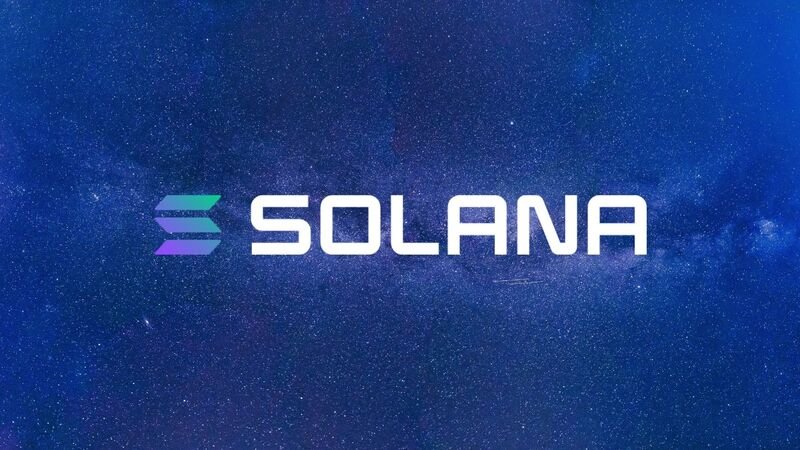Solana, the third-largest blockchain by market capitalization, has ignited a debate about its place in the crypto ecosystem. Recent data shows Solana surpassing Ethereum in daily network fee generation, fueling speculation about a potential “Ethereum killer.” However, a closer look reveals a more nuanced picture.
On October 28th, Solana generated over $2.54 million in daily transaction fees, exceeding Ethereum’s $2.07 million. This milestone propelled Solana into the top five fee-generating protocols in the crypto space, according to DefiLlama data. This surge is closely linked to increased trading activity on Raydium, Solana’s leading decentralized exchange (DEX), which processed over $3.41 million in fees within the same 24-hour period.
Solana’s architecture is often compared to Ethereum’s due to its ambition of becoming a dominant platform for decentralized applications (dApps). However, their scaling approaches differ significantly. Solana employs a monolithic approach, aiming for high transaction throughput and low fees without relying on Layer 2 (L2) solutions. In contrast, Ethereum’s fragmented structure uses L2 blockchains to achieve scalability, a method some argue diverts value away from the mainnet.
While Solana’s daily fee surge is impressive, Ethereum still holds the crown in terms of long-term fee generation. Over the past 30 days, Ethereum processed nearly $134.6 million in fees, solidifying its position as the leading blockchain and third-largest fee-generating protocol. In comparison, Solana managed $61.3 million during the same period, representing roughly 45% of Ethereum’s monthly total.
An intriguing detail emerges when examining the source of Solana’s fees. DefiLlama data reveals that nearly half of its monthly revenue, approximately $29.5 million, originated from activities related to memecoins on the Pump.fun launchpad. This highlights the significant impact of memecoin trading on the Solana network.
Earlier in 2023, Solana experienced a surge in memecoin projects, attracting over $100 million in investments. However, concerns were raised by crypto researchers about an overheated memecoin market potentially reaching “peak degeneracy.” This warning proved prescient, as data suggests that over 98.6% of memecoins launched on Pump.fun never progressed to Raydium listings. This underscores the inherent risks associated with memecoin trading, where hype often overpowers project quality.
Solana’s recent rise in transaction fees is a noteworthy development, indicating increased network activity. However, it’s crucial to consider the context. The dominance of memecoin trading in Solana’s fee generation raises questions about long-term sustainability and undermines the “Ethereum killer” narrative. While Solana’s scaling solution has advantages, Ethereum still holds significant advantages in network usage and overall fees collected. As the crypto industry evolves, it will be interesting to see how these competing blockchains adapt and continue to innovate.
Read Also: Coinbase Simplifies AI Agent Creation with 'Based Agent'
Disclaimer: The information provided in this article is for informational purposes only and should not be construed as financial or investment advice. Cryptocurrency investments are subject to market risks, and individuals should seek professional advice before making any investment decisions.


Comments are closed.